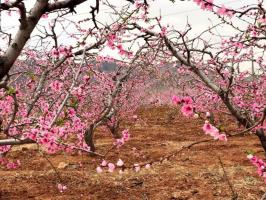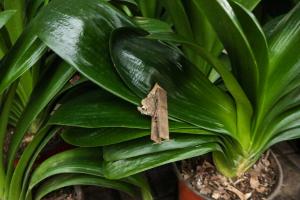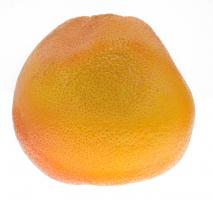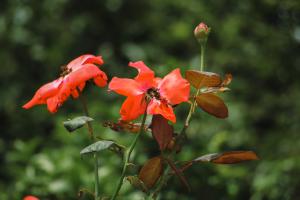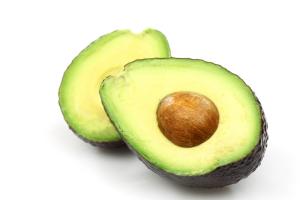1、 Curing method
1. Temperature: Basil seed likes a warm growth environment, and the most suitable for its growth is about 15-25 ℃. Pay attention to keep warm in winter. Try to spend the winter indoors and don't get too close to the heating
2. Soil: it likes more fertile soil. When preparing flower soil, flower friends try to prepare it with humus and sand, and garden soil can also be used. You can put some vermiculite at the bottom of the flowerpot to facilitate drainage
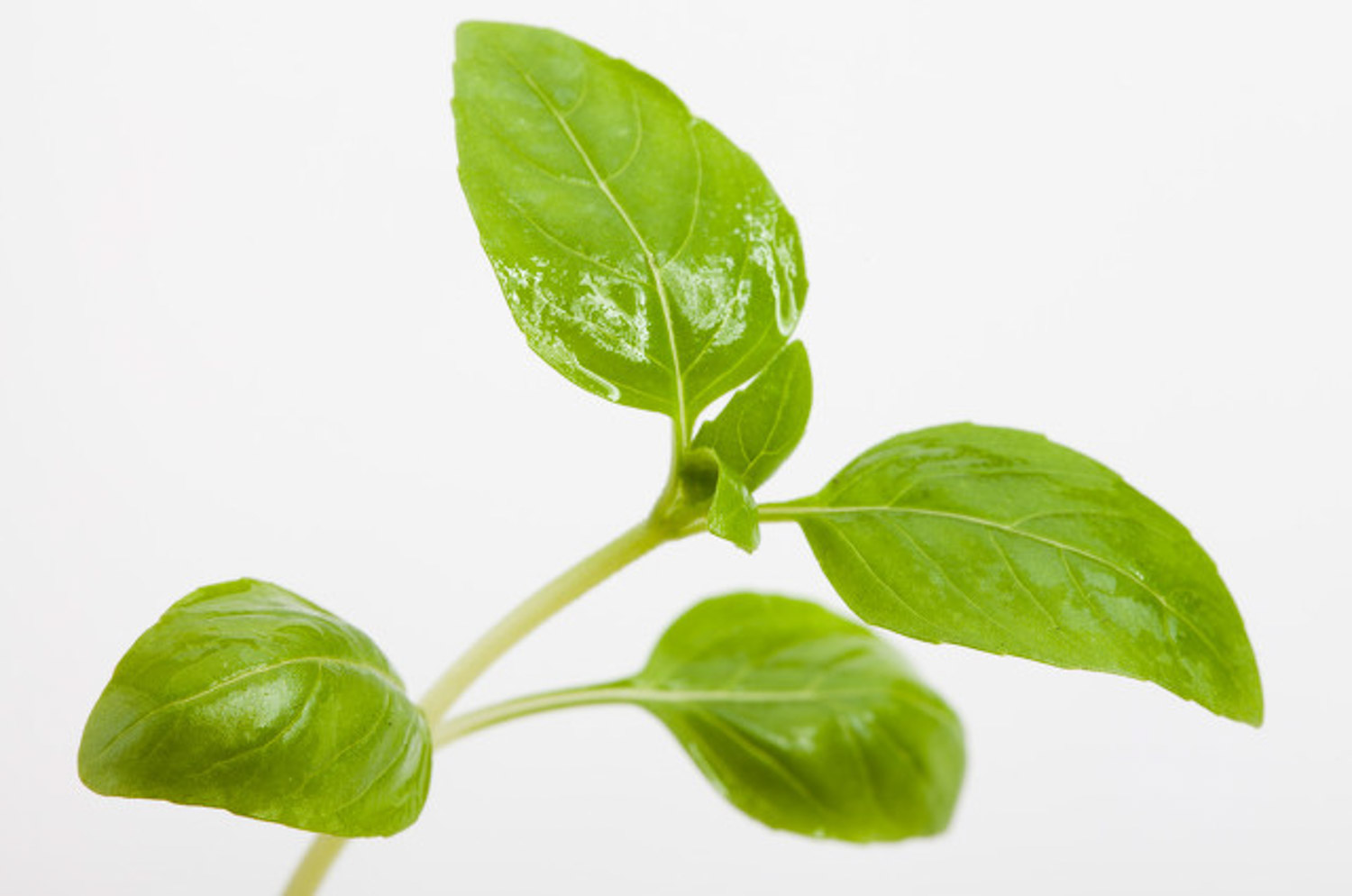
3. Light: Basil seed is a very sunny plant, so it should be placed in a sunny place as far as possible during breeding. If there is no light, the color of the leaves will be dim
4. Watering: it doesn't need to water too much at ordinary times. It likes dry soil and has strong drought resistance. Keep the soil not very dry at ordinary times, and spray water to moisturize it in summer
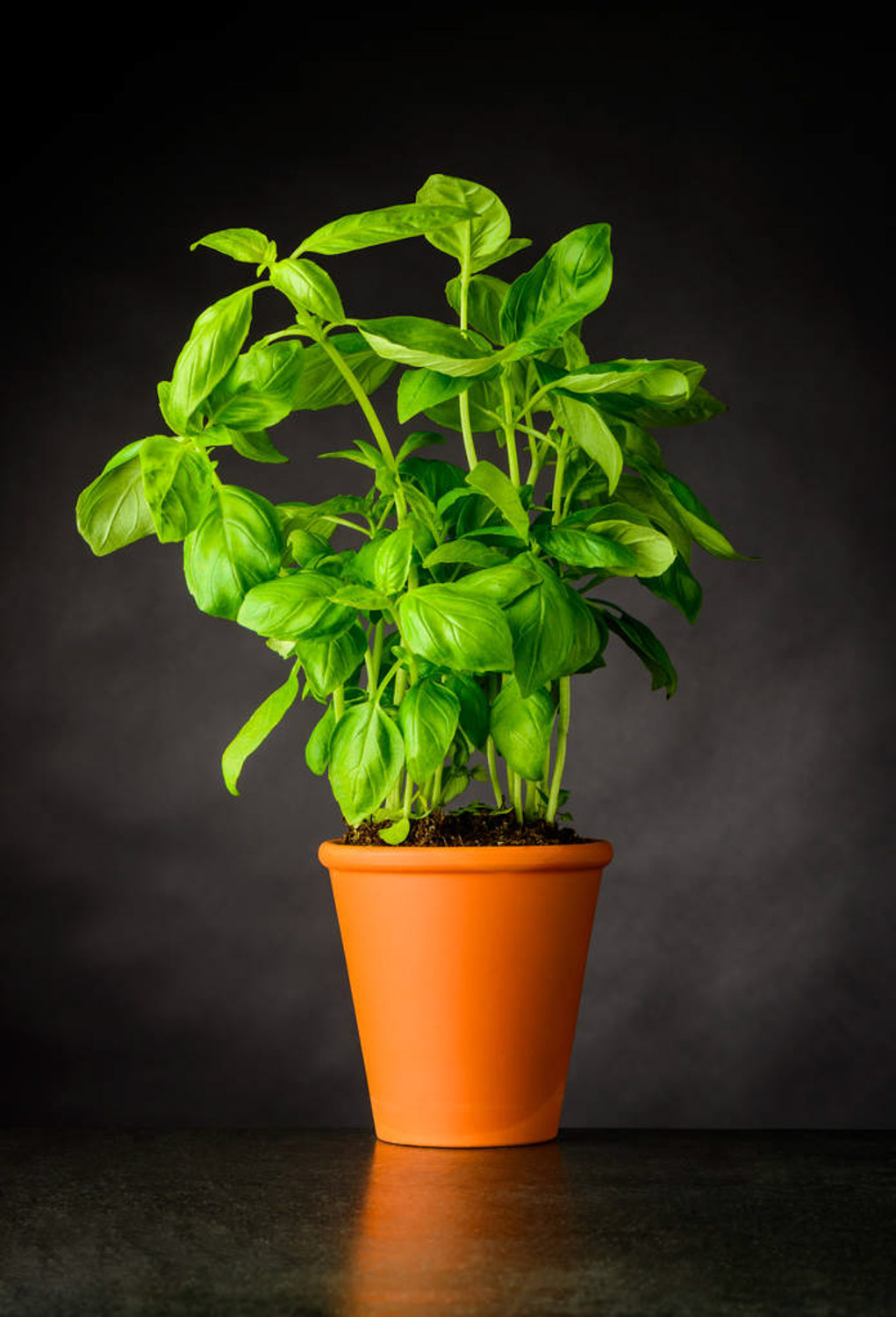
2、 Breeding skills
1. Prevention of diseases and insect pests: keeping the environment transparent can effectively avoid the breeding of diseases and insect pests. A closed environment will accelerate the production of bacteria and do great harm to its health. You can often open windows or breed outdoors
2. Pruning and reproduction: it is an annual plant. If you want to keep it, you need to reproduce. Generally, it is propagated by cutting, so when pruning, try to pinch the top to promote its lateral branch growth and facilitate later cutting
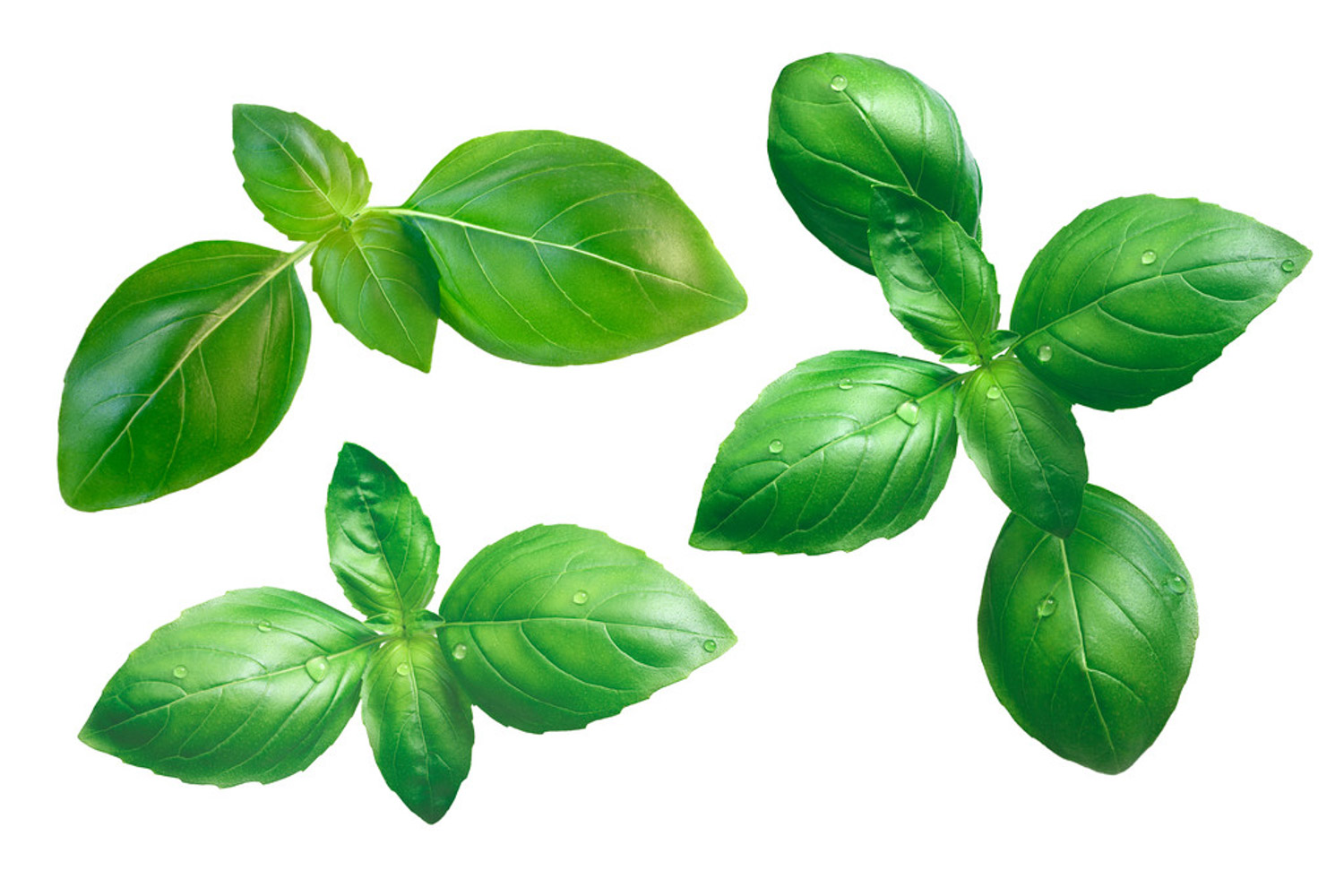
3、 Diagnosis and treatment problems
1. Yellowing: the yellowing of leaves is mostly caused by insufficient light. It is a plant with great demand for light. Due to the lack of light, there are small branches and yellow leaves. In this case, it needs to be transferred to a place with good lighting conditions in time
2. Insect pests: aphids, thrips and snails are more common. If the insect pests are not too serious, spray water to repel the insects. Usually pay more attention to the ventilation of the breeding environment, which may reduce the harm of pests
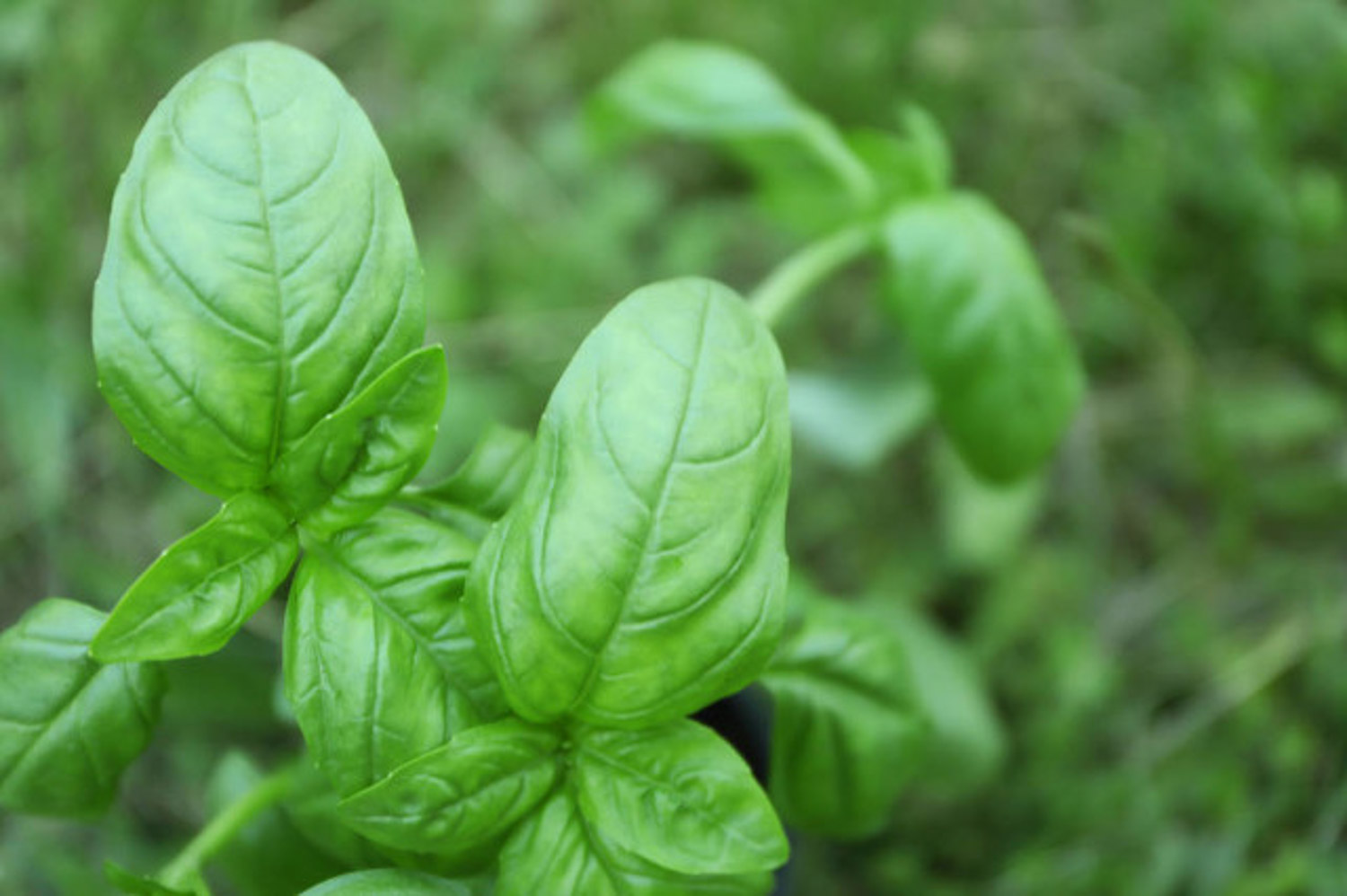
4、 Other issues
1. Toxicity: Basil seeds, whether roots, stems and leaves, or its aroma, are non-toxic, and can be used for edible and safe breeding
2. Whether it can be raised indoors: Basil seeds can be raised indoors. It not only has a good decorative effect, but also has the function of purifying indoor air. The flowers are also very beautiful. It is very good to raise several at home
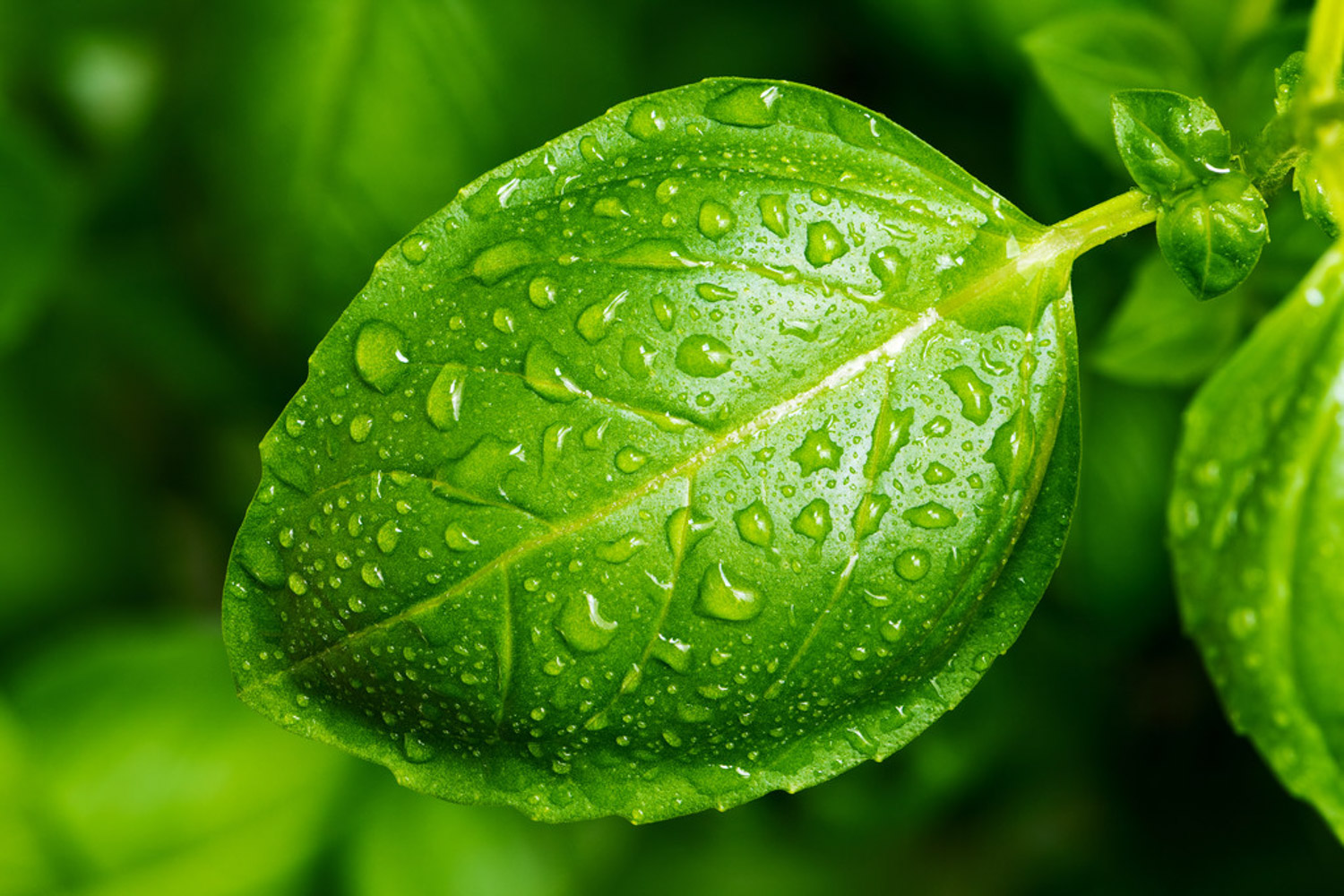

 jackfruit
jackfruit snake plant
snake plant hibiscus
hibiscus hydrangea
hydrangea lavender
lavender Green roses climb al...
Green roses climb al... If you don't pay att...
If you don't pay att... Management of four g...
Management of four g...

